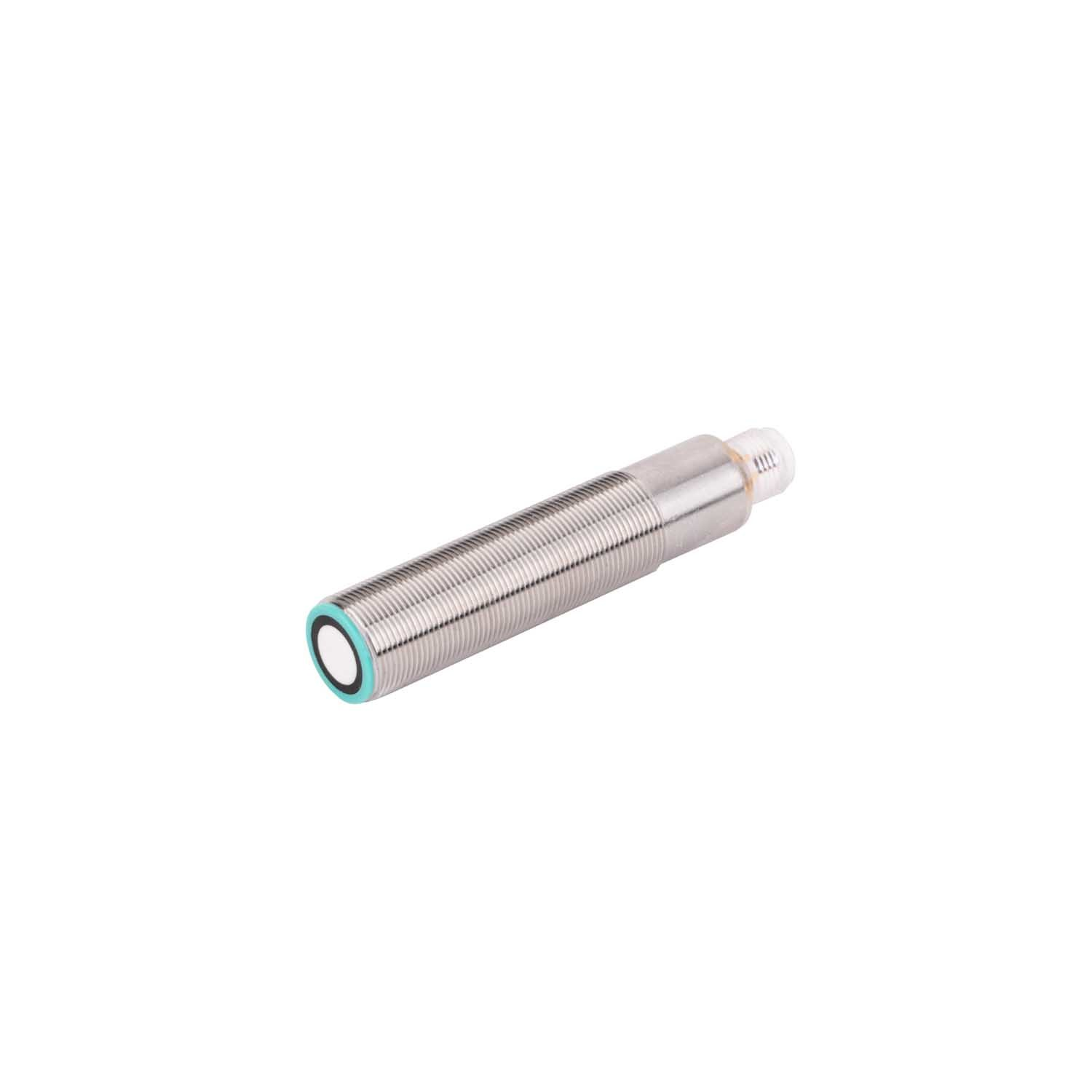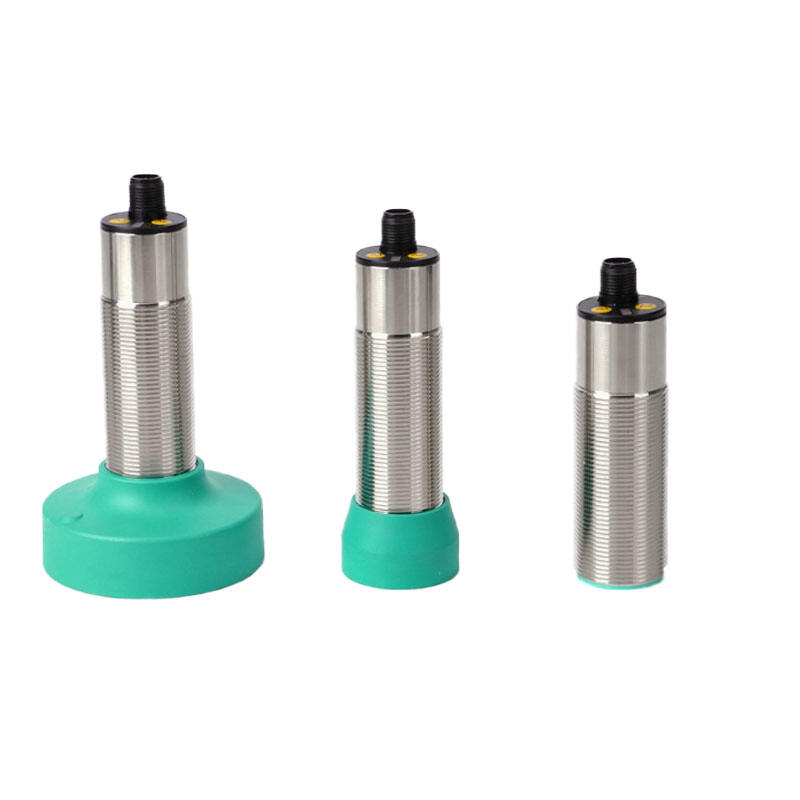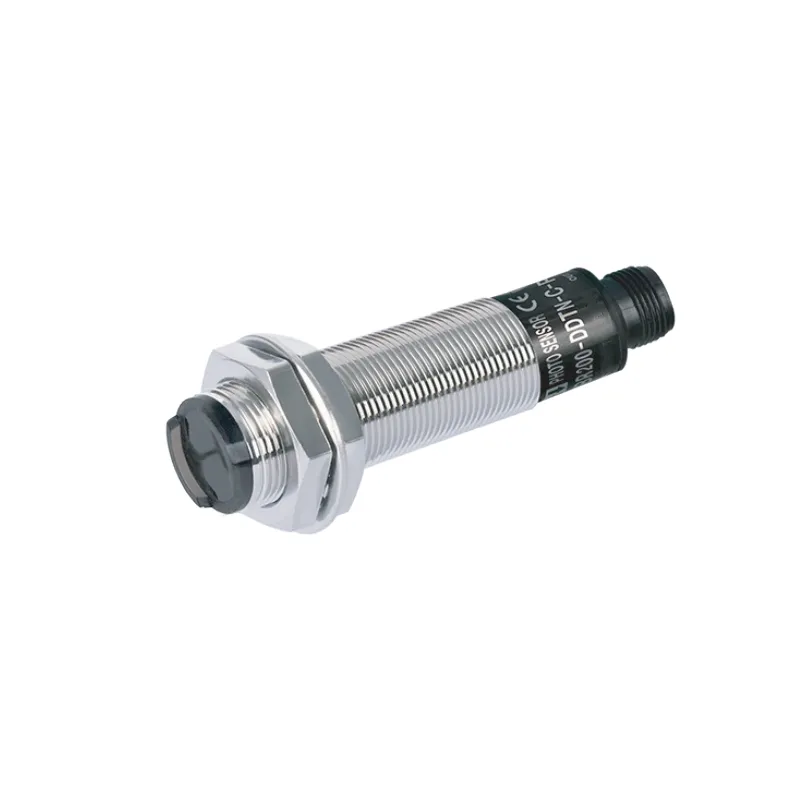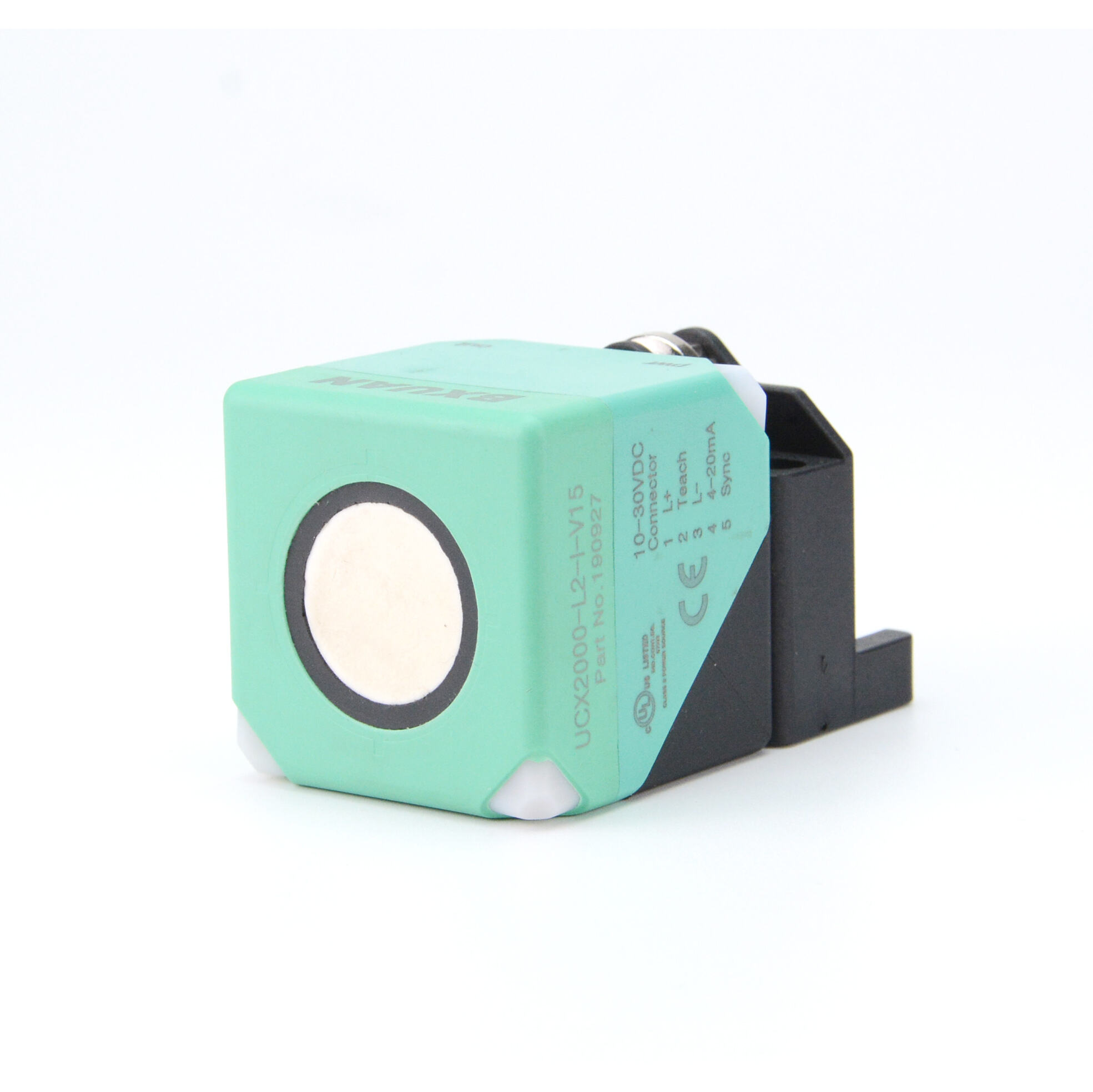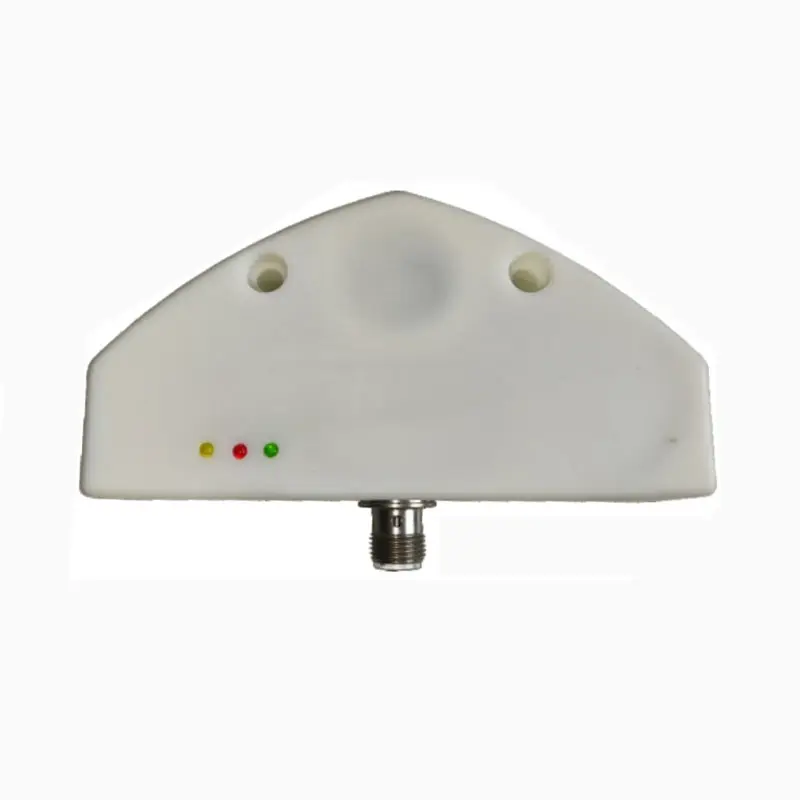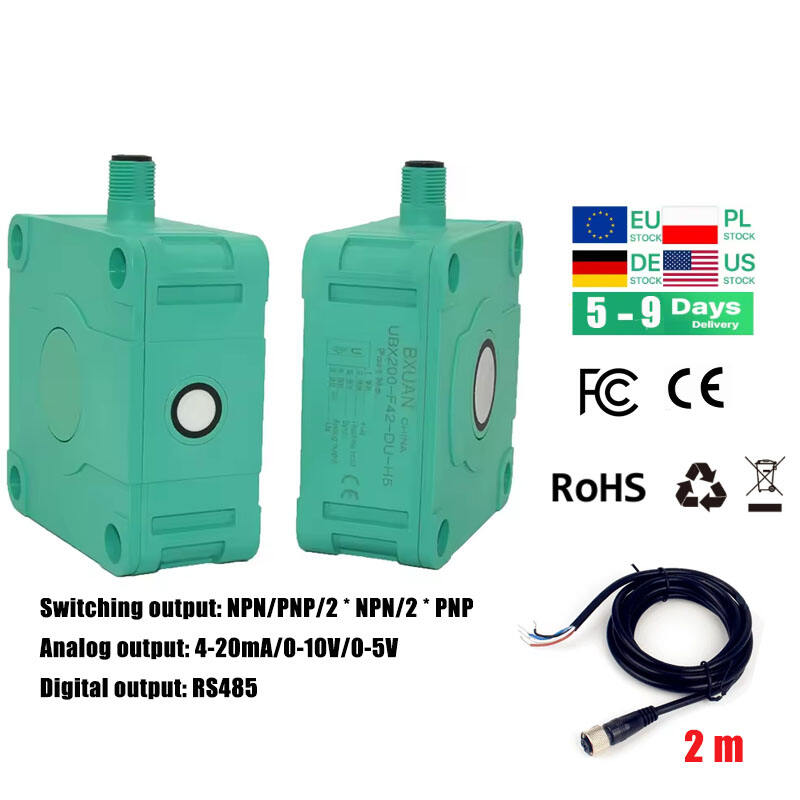nálægissensor og ljóssensors
Návistarsensrar og ljóssensrar eru lykilhlut í sjálfvirkninni sem breyta hlutaskynjun og staðsetningu í iðnaðarforritum. Návistarsensrar virka með því að greina viðhaldsfjarlæg hluti með notkun á rafsegulsviðum, en ljóssensrar nota geisla til að finna hluti. Þessir sensrar skila ákveðnum árangri í ýmsum umhverfi, og bjóða upp á traustar greiningaraðferðir jafnvel í erfiðum aðstæðum. Návistarsensrar koma á mismunandi gerðum fyrir, svo sem veltusensrar til greiningar á málm og getnissensrar fyrir ómálma efni. Þeir gefa samfelldan árangur með lágri viðhaldsþörf og langa notkunarlevtíð. Ljóssensrar nota hins vegar nýjasta ljóptækni til að greina hluti með þremur aðal aðferðum: gegnum stråla, endurkast og dreifingarupptaka. Þær bjóða upp á frábærar kröfur, frá nokkrum millimetrum upp í nokkurra metra, og geta greint hluti óháð efniþrepi þeirra. Bæði tegundirnar eru smíðaðar sterkar fyrir iðnaðarumhverfi, og bjóða margar gerðir upp á verndarstig IP67 eða IP68 gegn dust og vatni. Þessir sensrar tengjast áttulega nútímavisstjórnkerfum með ýmsum úttaksmöguleikum, svo sem stafrænum, análg og nettengingum, og eru þess vegna lykilhlutar í sjálfvirknum kerfum, umbúðakerfum og framleiðsluaðgerðum.

